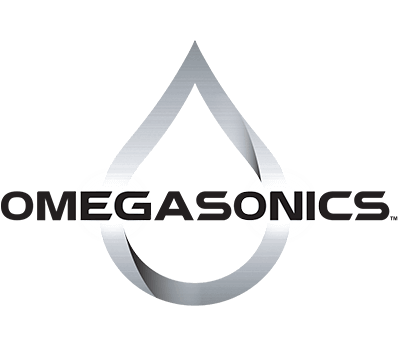You may have heard about ultrasonic cleaning, a method of cleaning parts that are fouled with oils, build up, grime, debris and other deposits that uses eco-friendly detergents, and without harsh solvent chemicals that can damage the surrounding environment.
What, however, is ultrasonic cleaning? What does ultrasonic even mean? How does the process work and how is it a green-cleaning method? Explore how ultrasonic cleaning technology works, what it is, and why it can be the ideal choice for your tough parts and materials cleaning needs.
What is Ultrasonic Cleaning Technology?
The first step is to address the question, “What does ultrasonic mean?” Quite simply, it means that this form of cleaning uses ultrasonic waves, or sound that is far higher than the human ear can detect. Sound is created by waves, or vibrations in the air created by vibrating an object, which then causes the molecules surrounding it to vibrate. Our ears pick up these vibrations, translating them into sounds. The faster the vibrations, the higher the pitch of sound we hear.
Ultrasound is created by waves which resonate at higher than the upper human detection limit of 20 kHz (meaning 20,000 cycles or vibrations every second). In the wild, animals like dolphins, bats, insects, and even dogs and cats can hear and even use ultrasonic waves to hunt, navigate and communicate, but humans can’t hear them because they are far too high-pitched.
Instead, we use them for more practical applications, like diagnostic imaging — have you ever seen a photo of someone’s baby while it’s still in utero? This is done with ultrasonic images! We can also, now, use the technology to offer powerful, chemical free cleaning services.
Ultrasonic Cleaning Technology
Ultrasonic cleaning machines use special transducers that are mounted to a diaphragm and then to the cleaning tank of a unit and immersed in water. If you’ve ever seen a speaker vibrate when playing loud music, you’ve got an idea of how it works. The transducer vibrates rapidly, creating ultrasonic waves, usually between 20kHz and 40kHz but sometimes as high as 1 MHz (known as megasonic technology). This produces tiny “cavitation bubbles,” bubbles that are so small that it would take 1,250 of them to measure a single centimeter.
Millions of these are generated every second, so small and gentle that they remove dirt, grease, rust, oil, carbon and other grime deposits and contaminants (even bacteria and fungus), while leaving the metal, glass, rubber, ceramic or other material untouched.
Eco-Safe Cleaning
Since we began to really understand the damage we were doing to our environment in the 1980s, many businesses started looking for ways to provide much more environmentally-friendly services. Much ultrasonic cleaning uses a solution that is nothing more than water. Others use environmentally-friendly and gentle water-based soaps and detergents, descaling agents and enzymes to aid the cleaning process.
In the end, however, ultrasonic cleaning is one of the safest, most reliable and effective methods of green cleaning there is. If you would like more information about how the process works, or how we can help you, get in touch with us today!
